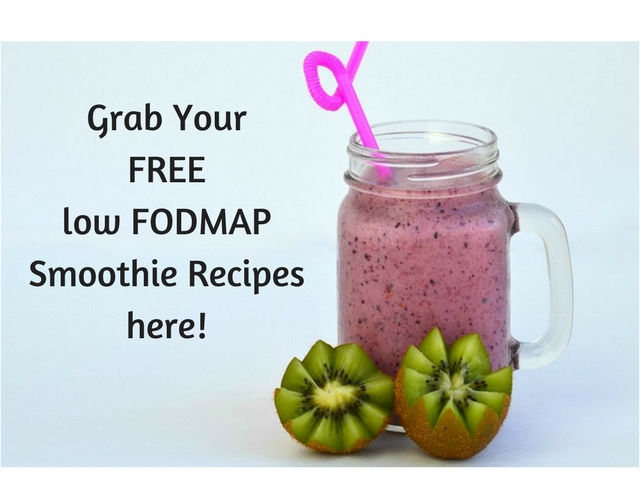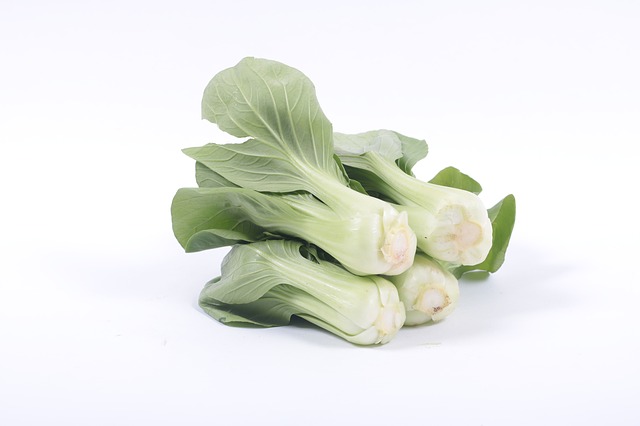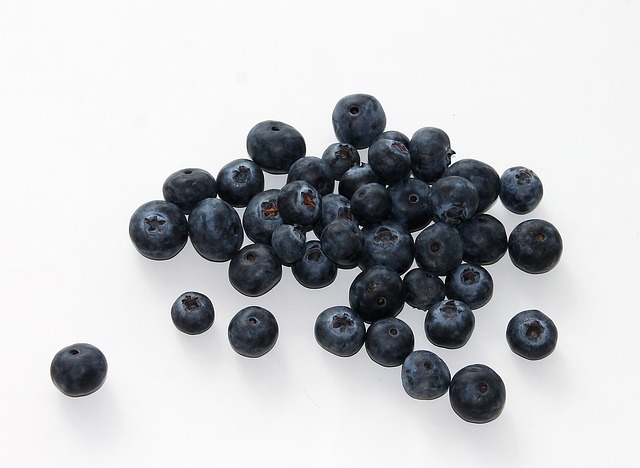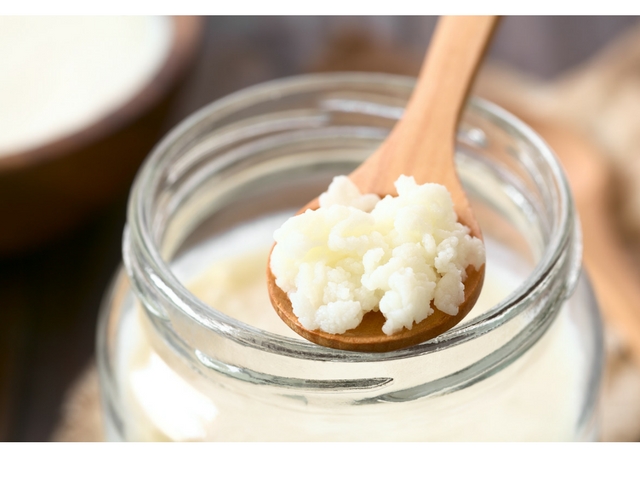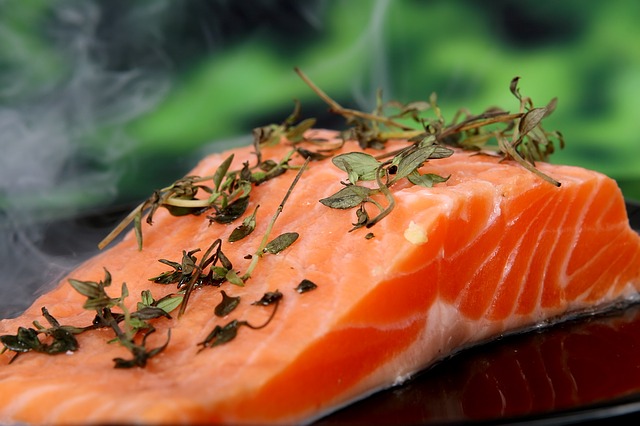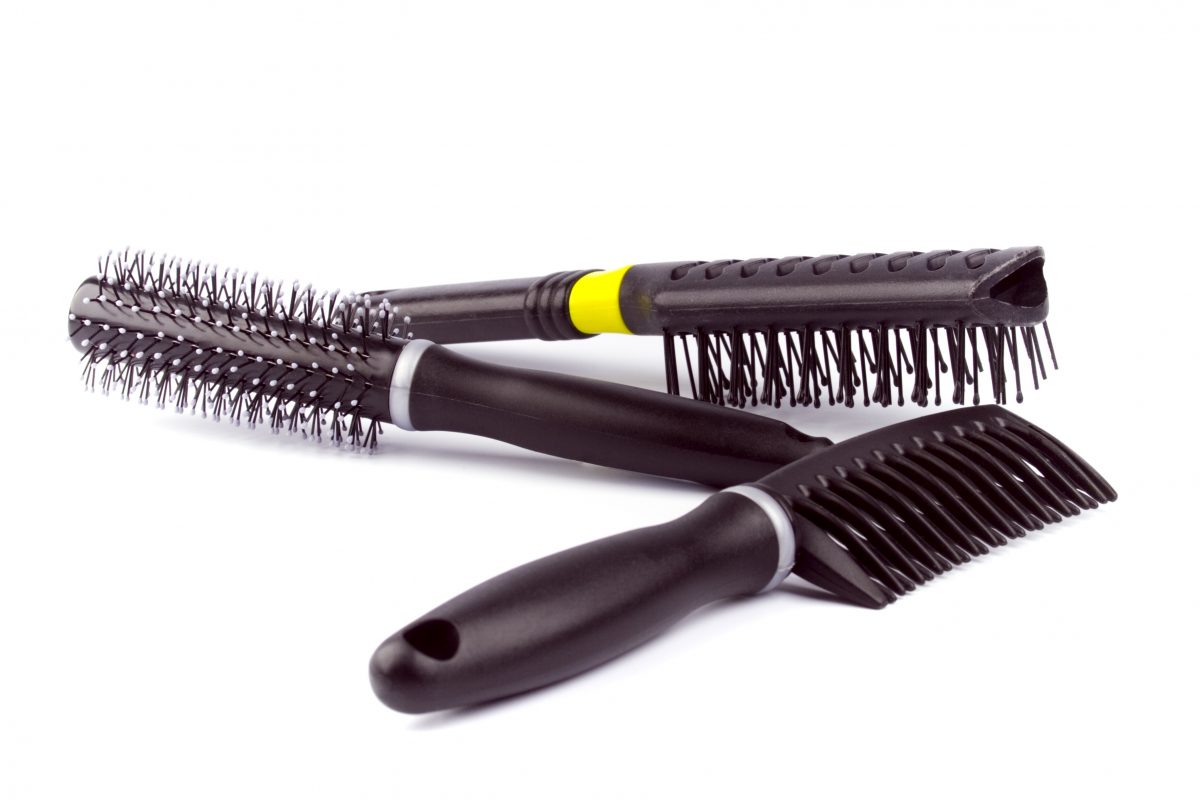A good diet is key for promoting healthy hair growth.
The structure of your hair has two distinct parts:
- The follicle which resides in the skin
- The shaft, which is what is visible above the scalp.
On average we have 150,000 hair follicles. Hair grows at a rate of about a ½ inch per month. Whether or not this rate can be increased is debatable but there are definite strategies that will initiate the growth of strong healthy hair.
Proper nutrition is a key aspect of healthy hair growth. This requires you to eat a well-balanced whole foods diet supplying your body with nutrients that are essential for optimal functioning.
The following are key nutrients to incorporate in to your daily diet to encourage healthy hair regrowth:
Protein
Protein is a key building block for keratin, the main structural protein in hair. On average the recommended daily protein intake is 56 grams per day for the average sedentary man and 46 grams per day for the average sedentary woman. To put this in to perspective:
- 1 large egg is about 6 grams of protein
- 1/4 cup of almonds is about 8 grams of protein
- 3.5 oz. of chicken breast is about 30 grams protein
Non-meat foods high in protein include lentils, spinach, kale, quinoa, beans, hemp, nuts and sea vegetables
B-Complex Vitamins
The B-Complex vitamins are water-soluble. They help the body to convert carbohydrates into glucose leading to the energy production that is essential for all body processes. They help the body to metabolize fats and proteins that are essential for healthy hair. Thus they are essential for ensuring the metabolic requirements of the hair follicle.
Within this complex there are 3 B-vitamins that are especially important for hair growth:
- Niacin (B3)
- Pantothenic Acid (Vitamin B5)
- Biotin (B7)
Niacin dilates blood capillaries. This creates better circulation of blood resulting in improved circulation of nutrients to your scalp and hair follicles. Foods high in niacin include liver, mushrooms, salmon, chicken, barley, almonds, lentils
Pantothenic acid (B5) increases blood flow to the scalp. Food sources include mushrooms, avocado, eggs, chicken, sunflower seeds, sweet potato, lentils, broccoli, salmon and Greek yogurt
Biotin (B7) promotes overall scalp health as well as encouraging hair growth. Foods high in biotin include chicken, mushrooms, eggs, liver, salmon, strawberries, raspberries, Swiss chard, almonds, walnuts, kidney beans and brown rice
Collagen
Collagen is the main structural protein found in our connective tissues. A sheath of it surrounds each bulb of hair on your head connecting to micro-vessels that deliver necessary nutrients for healthy hair. When collagen is cooked it becomes gelatin. Gelatin is primarily composed of the amino acids glycine and proline and is important for hair growth. A good source of gelatin comes from home made bone broth.
Vitamin A
Vitamin A helps to keep collagen levels high. Foods rich in carotenoids, which are converted by the body to Vitamin A include carrots, cantaloupe, sea vegetables and sweet potatoes
Vitamin C
Vitamin C is necessary for collagen production and it also helps with iron absorption, promoting hair growth. The body cannot manufacture Vitamin C. It must be obtained from foods such as peppers, dark leafy green vegetables, kiwi, broccoli, strawberries, citrus fruits and papaya
Vitamin E
Vitamin E helps to maintain the integrity of the cell membranes of hair follicles and it is an antioxidant. Vitamin E is found in foods such as almonds, sunflower seeds, spinach and red pepper
Essential fatty acids
Essential Fatty Acids (EFAs) encourage blood circulation and cell growth; both important for your hair follicles. Your body can’t make these healthy fats so you have to get them from food or supplements. Foods containing EFAs include salmon, sardines, mackerel, seaweed, dark leafy green vegetables, hemp, flax and chia seeds
Silica
Silica is a trace mineral found predominantly in our connective tissues. It supports collagen production and is found in foods such as bananas, raisin, brown rice, green beans, carrots and oats
Iron
Iron carries oxygen and nutrients to our hair roots. Iron-rich foods include egg yolks, lentils, spinach and chicken
Zinc
Zinc is important to the cells that build hair. Zinc increases the bioavailability of Biotin and is found in food such as oysters, spinach, pumpkin seeds, lentils, dark chocolate and chickpeas
Water
6-8 glasses a day of good quality water is important. Proper hydration promotes cell growth and reproduction.
Your healthy hair begins in the kitchen. Feed it well!


